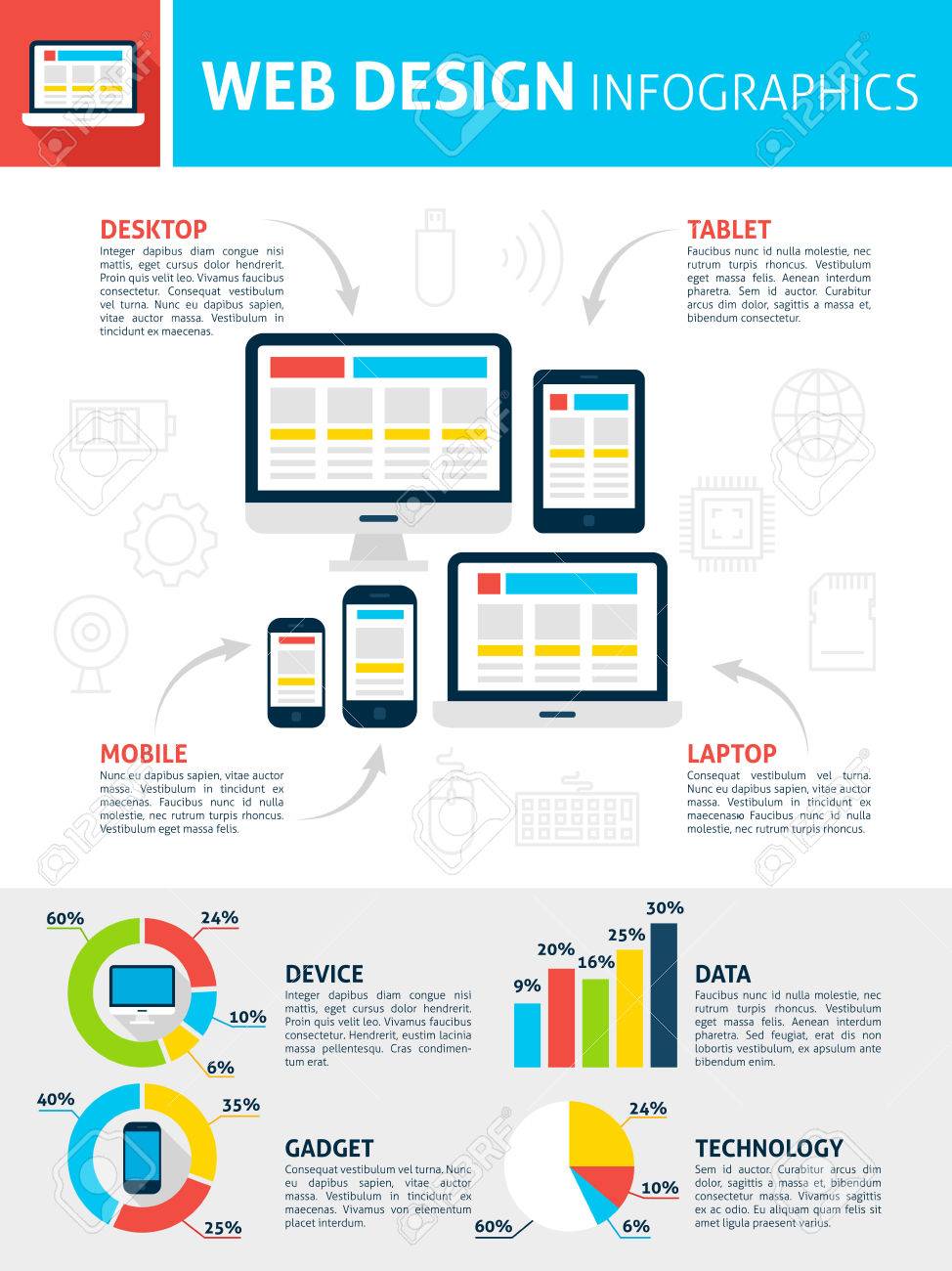Making Use Of The Toughness Of Visual Hierarchy In Web Site Development
Making Use Of The Toughness Of Visual Hierarchy In Web Site Development
Blog Article
Web Content Author-Astrup Leth
Picture a site where every component competes for your attention, leaving you really feeling bewildered and unsure of where to concentrate.
Now image a website where each element is carefully prepared, directing your eyes easily through the web page, supplying a smooth customer experience.
The difference lies in the power of aesthetic pecking order in internet site style. By strategically arranging and focusing on ada compliant website examples on a website, developers can create a clear and user-friendly course for customers to comply with, ultimately enhancing engagement and driving conversions.
Yet exactly how exactly can you harness this power? Join us as we discover the concepts and methods behind effective aesthetic power structure, and find how you can raise your site design to new heights.
Understanding Visual Pecking Order in Web Design
To successfully convey information and guide users with an internet site, it's crucial to recognize the idea of visual pecking order in website design.
Visual hierarchy refers to the arrangement and organization of components on a page to highlight their relevance and develop a clear and instinctive individual experience. By developing a clear visual hierarchy, you can route customers' attention to the most crucial information or actions on the page, improving usability and involvement.
This can be accomplished through various design strategies, including the critical use of dimension, shade, comparison, and placement of components. For example, larger and bolder components typically attract more attention, while contrasting colors can develop aesthetic comparison and draw focus.
Principles for Effective Visual Power Structure
Comprehending the concepts for reliable aesthetic hierarchy is crucial in creating a straightforward and appealing site style. By adhering to these concepts, you can guarantee that your web site effectively connects details to individuals and guides their interest to one of the most important components.
One concept is to make use of dimension and scale to develop a clear visual hierarchy. By making crucial elements larger and much more prominent, you can draw attention to them and overview customers with the content.
Another principle is to utilize contrast efficiently. By using contrasting shades, typefaces, and shapes, you can develop visual distinction and highlight crucial info.
Furthermore, the principle of closeness suggests that associated components should be organized with each other to visually attach them and make the web site much more organized and easy to browse.
Implementing Visual Power Structure in Internet Site Design
To carry out visual hierarchy in website design, focus on crucial elements by changing their dimension, shade, and placement on the page.
By making key elements larger and more famous, they'll naturally draw the individual's attention.
Use contrasting colors to develop aesthetic contrast and stress crucial details. As an example, you can make use of a strong or vibrant color for headings or call-to-action switches.
Additionally, think about the position of each aspect on the page. Location important elements on top or in the facility, as customers tend to concentrate on these locations first.
Conclusion
So, there you have it. Aesthetic power structure is like the conductor of a harmony, guiding your eyes via the web site style with skill and flair.
ada requirements for website accessibility 's the secret sauce that makes a web site pop and sizzle. Without it, your style is just a jumbled mess of arbitrary aspects.
But with aesthetic power structure, you can produce a work of art that gets interest, connects efficiently, and leaves a long lasting impression.
So go forth, Get More , and harness the power of visual hierarchy in your web site style. Your target market will thanks.
